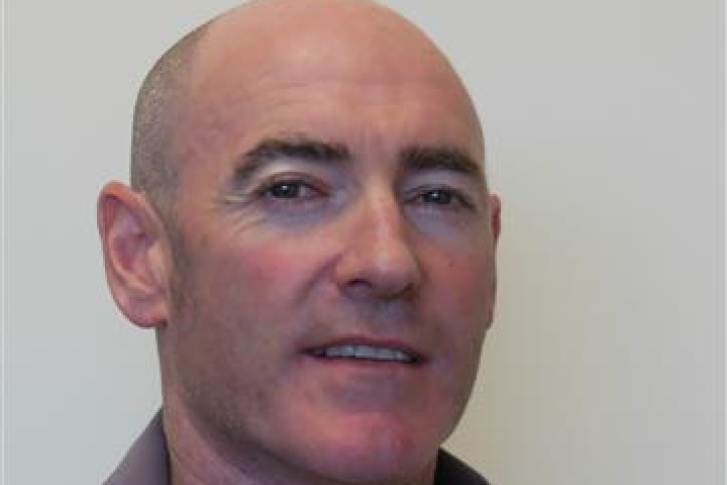Juvenile gold clams (Corbicula fluminea) are difficult to detect in aquatic environments due to their small size. To survey gold clam infested environments NIWA are testing Hester-Dendy multi-plate samplers.
Hester-Dendy multi-plate samplers are passive tools used to sample aquatic invertebrates in deep waterbodies. They help in quantitative sampling of difficult habitats and provide standardized substrate and sample area.
In March 2025, 16 samplers were deployed at Bob’s Landing, Lake Karāpiro. They were placed at depths of 0.5 to 0.8 meters, with eight samplers set on gravel within existing gold clam populations and the other eight in invasive macrophyte (Ceratophyllum demersum) beds.
The samplers were collected using a hop straining bag with a drawstring, which has a 0.2mm mesh. They were then preserved in 100% IPA (isopropyl alcohol). The contents were examined systematically in a Bogorov counting tray for juvenile clams, using a dissecting microscope with up to x50 magnification.
Summary of preliminary findings – May 2025
The samplers recorded 15 taxa typical of Waikato hydro lakes, including various aquatic organisms (see table below). Juvenile gold clams were found in both stony substrates and macrophytes, with more clams found in macrophytes. Specifically, four clams were found in stony substrates and ten clams in macrophytes, all about 0.3mm in size.
15 taxa detected in the first sampler deployment:
- Gold clams
- Mites
- Coelenterata (Hydra)
Crustaceans
- Amphipods
- Ostracods
- Cladocerans
- Copepods
Worms
- Oligochaetes
- Nematodes
- Proboscis worms
- Flatworms
Molluscs
- Potamopyrgus
- Ferrissia
Insects
- Chironomids
- Purse caddis
Observations: Detection required meticulous searching due to the small size of the clams. The number of clams captured was lower than expected, and it was noted that macrophytes yielded more juvenile clams than stony substrates. This may suggest that juveniles might prefer the complex structure of macrophytes.
Next steps: Another trial is underway with more complex artificial substrate.




